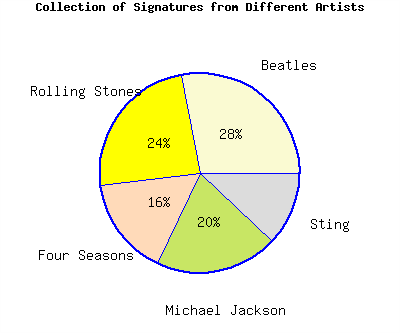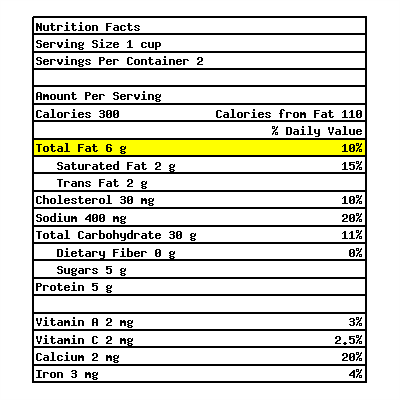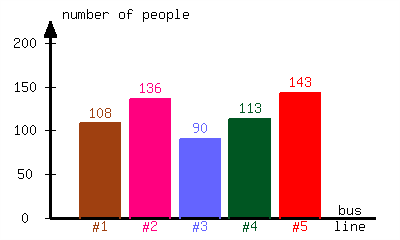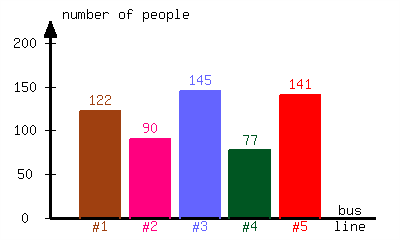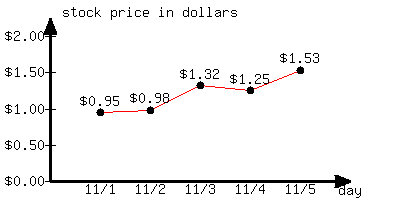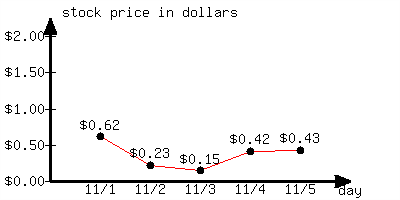Example A.4.2.
Translate each statement involving percents below into an equation. Define any variables used. (Solving these equations is an exercise).
- How much is \(30\%\) of \(\$24.00\text{?}\)
- \(\$7.20\) is what percent of \(\$24.00\text{?}\)
- \(\$7.20\) is \(30\%\) of how much money?
Explanation.
Each question can be translated from English into a math equation by reading it slowly and looking for the right signals.
- The word “is” means about the same thing as the equal sign. “How much” is a question phrase, and we can let \(x\) be the unknown amount (in dollars). The word “of” translates to multiplication, as discussed earlier. So we have:\begin{equation*} \pinover{x}{how\ much}\pinover{=}{is}\pinover{0.30}{30\%}\pinover{\cdot}{of}\pinover{24}{\$24} \end{equation*}
- Let \(P\) be the unknown value. We have:\begin{equation*} \pinover{7.2}{\$7.20}\pinover{=}{is}\pinover{P}{what\ percent}\pinover{\cdot}{of}\pinover{24}{\$24} \end{equation*}With this setup, \(P\) is going to be a decimal value (\(0.30\)) that you would translate into a percentage (\(30\%\)).
- Let \(x\) be the unknown amount (in dollars). We have:\begin{equation*} \pinover{7.2}{\$7.20}\pinover{=}{is}\pinover{0.30}{30\%}\pinover{\cdot}{of}\pinover{x}{how\ much} \end{equation*}


